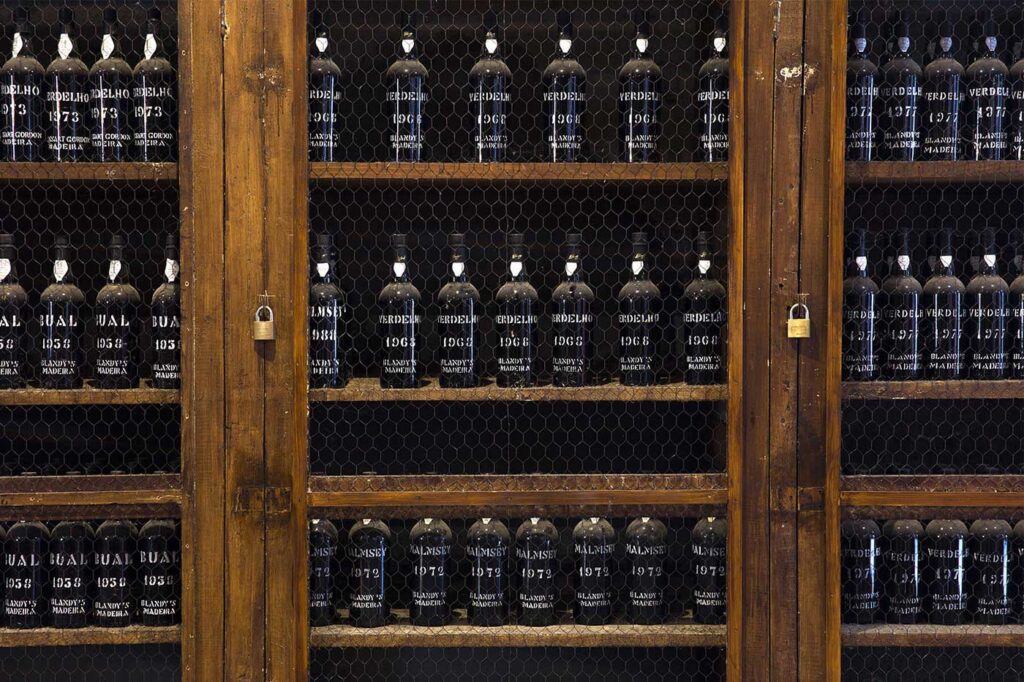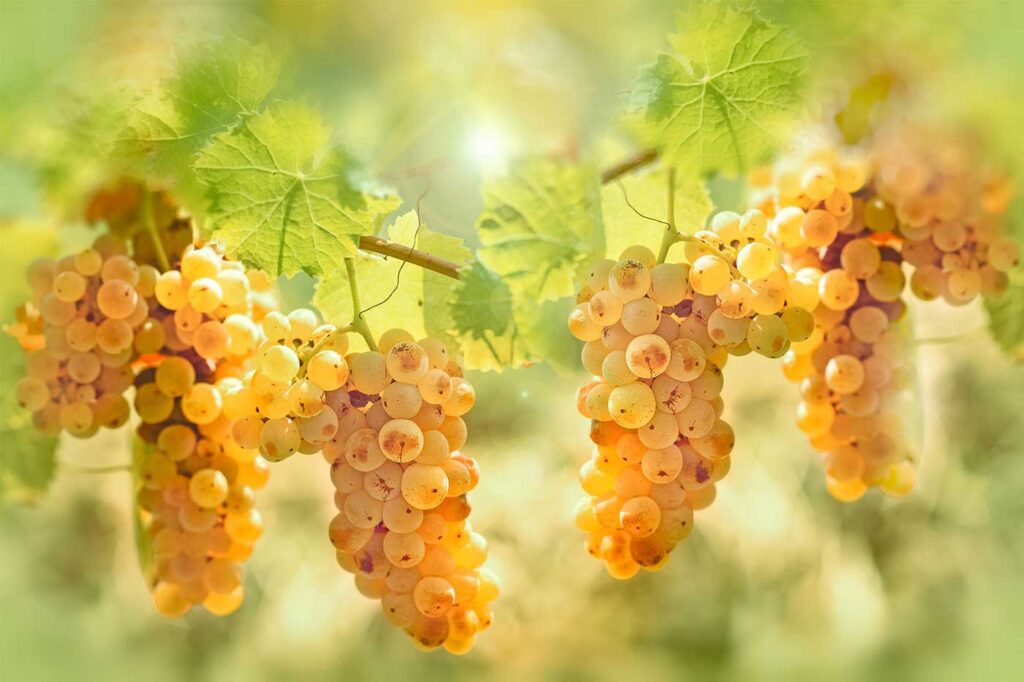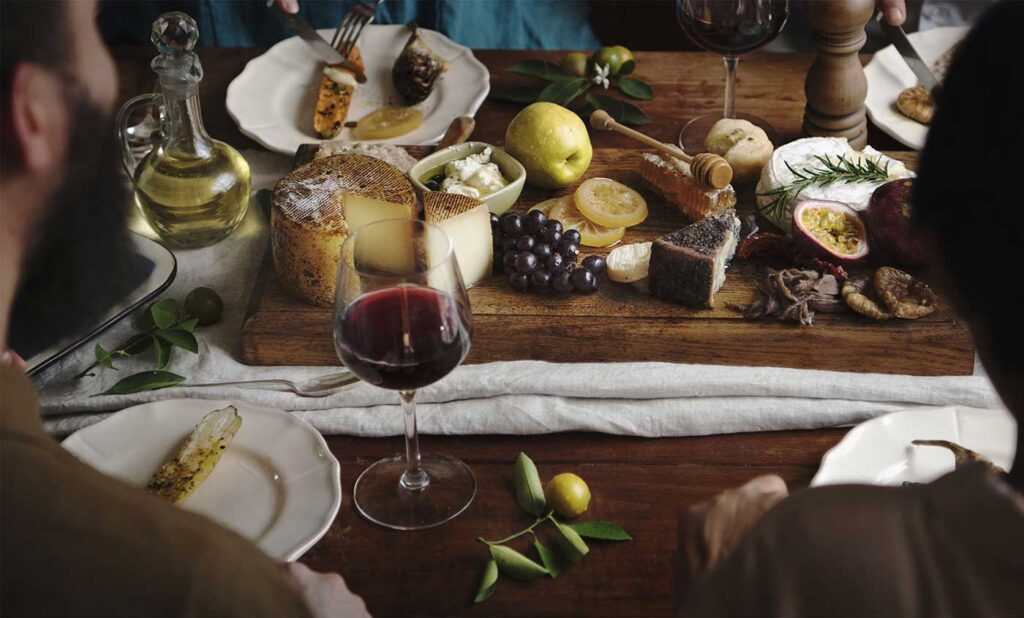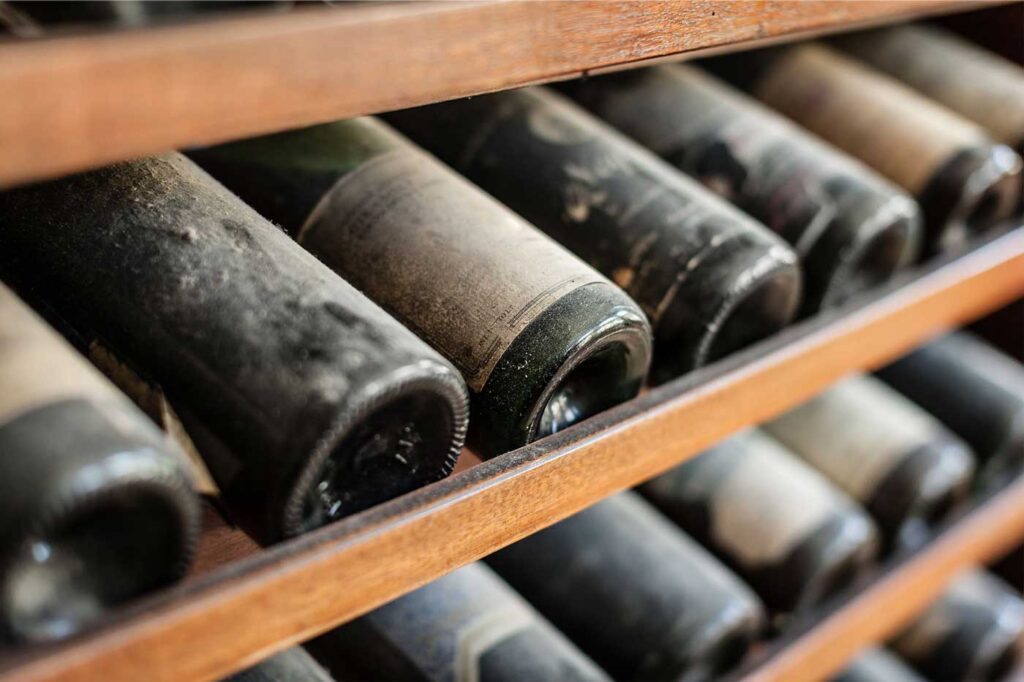
What food or beverage can still be consumed – and enjoyed – years after it’s made? Certain cheeses, or maybe canned foods, can last a few years at best. But a great wine can keep for decades – and in some cases, over a century or more – in the bottle. That’s an amazing miracle of nature.
To say that wine gets better with age might be a bit misleading. It’s more accurate to say that all wines change over time and as with people, maturity can make them more interesting and engaging: If you know what to look for.
To better appreciate older wine, it helps to have some basic tasting terms in your vocabulary and to understand what happens in the bottle as it ages.
Basic wine tasting terms

A wine’s aromas and flavors are categorized as primary, secondary, and tertiary.
Primary characteristics are ones that come directly from the grape itself. When a wine is described as fruity, herbal, or floral, these are primary terms. Primary aromas and flavors are most intense in young wines.
Secondary traits are the result of winemaking techniques that include things like oak flavor from barrel aging or a nutty quality imparted by yeast contact. As they occur before bottling, these can be present in both young and old wines.
Tertiary aspects are those that develop in the bottle. Because they’re the result of physical and chemical changes over time, tertiary qualities often bear little resemblance to the actual grapes from whence they came. The mineral smell of gasoline in a Riesling, or a hint of hickory-smoked bacon in old Syrah; these are the esoteric hallmarks that you only find in older wines and what makes them so interesting to wine lovers.
What happens when wine ages?
Put simply, a wine decomposes as it ages.
Oxygen, which gets in by way of the cork is the main agent that breaks down organic components. As the wine oxidizes, primary fruit notes lose their freshness and taste more baked or dried. Advanced oxidation in very old wines imparts a caramel or toffee-like flavor.
As red wine ages, its texture becomes softer and silkier because astringent tannins undergo physical changes that are less harsh to our taste buds. In wine parlance, soft tannins are called “rounded,” because they’ve figuratively lost their sharp edges.
An older wine’s flavors will be more integrated, too. Alcohol and acid act as solvents that dissolve various compounds in the wine and foster chemical reactions that create new ones. Like a pot of freshly made soup or stew, the components combine to become something greater than the sum of its parts.
What does aged wine taste like?

When aged properly, white wine can be layered and ethereal. The fresh citrus fruits that were once there may lean more candied and perfumed. Oak from barrel aging presents itself as baking spices and vanilla, which perfectly compliment now-mature fruit flavors like dried figs, apricots, baked peaches, and apples, etc.
Some white wines, like Chablis, develop nutty characteristics that resemble toasted almonds. In Champagne, the yeasty, biscuit aromas are more pronounced. Fortified wines like Port or Madeira offer nuances of brown sugar, honey, and walnuts.
A beautifully aged red wine can be as complex as a four-course meal at the finest restaurant. Higher-acid reds will remain bright and tangy but are counterbalanced by “jammy” baked or preserved berry flavors. The tannins are rounded out to give the wine a richer mouthfeel. And almost all older red wines will have tertiary characteristics – leather, tobacco, and even earth in them.
Light Italian reds like Chianti and Brunello exhibit dried cranberry and fragrant potpourri notes with age. Pinot Noir can smell and taste like mushrooms or truffles. In Cabernet and Merlot, umami-like soy and balsamic vinegar flavors are common.
Can a wine age too much?
Yes. It’s inevitable that someday all wines will pass the point of no return!
The aging of wine is essentially a chemistry experiment. And the results most often map out on a bell curve; with its potential for enjoyment first increasing, until eventually it plateaus and starts to decline. Therefore, most collectors keep several bottles of the same wine in their cellar, so they can check in on the development from time to time.
On the other side of the curve, we refer to a wine as, “past its best,” because while it may still be drinkable, it’s not as enjoyable as it once was.
And sometimes, the wine never was destined for greatness. Do you know how to tell if a wine has gone bad?

Time in a bottle: the intangible magic of aged wine
Understanding and appreciating older wines is an acquired taste. No person would ever eat a strawberry and then take a bite of leather. So, to hear these things mentioned side by side can seem quite bizarre at first. When you experience them together in a wine, you’re confronted with the challenge of making sense of it.
The cornucopia of textures, aromas, and flavors, when properly balanced and integrated into a single wine, paints a picture in your mind’s eye. When wine is aged to perfection, drinking it is a nested experience that just keeps revealing layer after layer of pleasure.
To ensure that your wines age to perfection, you need the optimal storage environment. Our expert partners can help you design a cellar that gets the most out of your collection.

